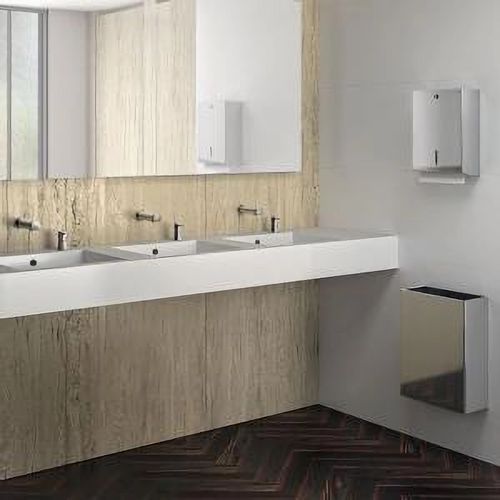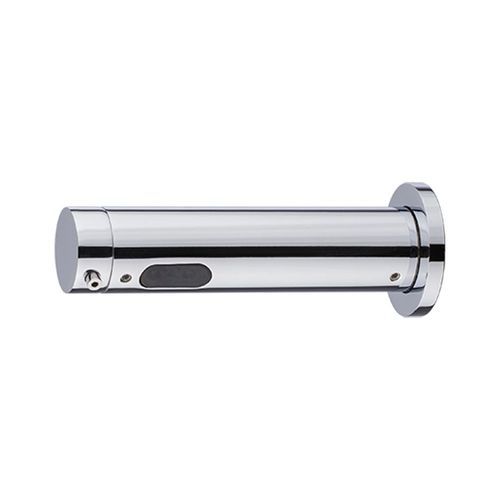Commercial Soap Dispensers
- With sanitation and hygiene being the utmost priority in schools, hotels, healthcare facilities, and restaurants, it's crucial to offer users and staff easy access to a commercial soap dispenser. Soap dispensers – whether liquid or foam soap dispensers – help avoid the spread of bacteria and germs. Visit ArchiPro and shop from a collection of hand sanitiser dispensers, including manual and automatic variants!Why ArchiPro?
No more endless searching -
Everything you need, all in one place.Real projects, real experts -
Work with vetted architects, designers, and suppliers.Designed for New Zealand -
Projects, products, and professionals that meet local standards.From inspiration to reality -
Find your style and connect with the experts behind it.Start your Project
Start you project with a free account to unlock features designed to help you simplify your building project.
Learn MoreBecome a Pro
Showcase your business on ArchiPro and join industry leading brands showcasing their products and expertise.
Learn More

